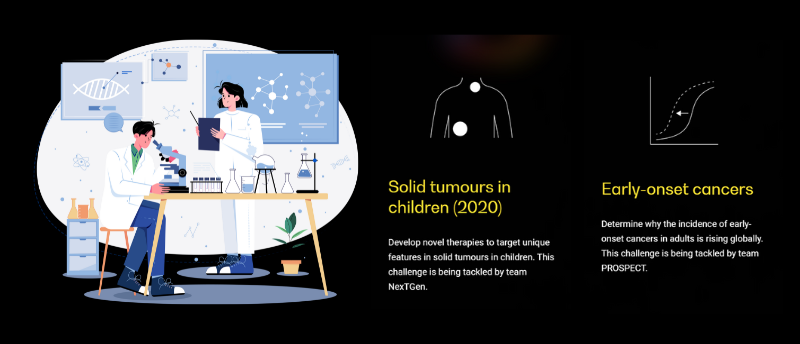Grand techniques for cancer research: a Cancer Grand Challenges update

The global research initiative co-founded in 2020 by Cancer Research UK (London, UK) and the National Cancer Institute (MD, USA), Cancer Grand Challenges, which aims to accelerate high-impact research through global team science, has set its 5th round of challenges. Here, we catch up with members from two Cancer Grand Challenge teams, NexTGen and PROSPECT to find out how they are getting on and how they are going about their work, from pioneering new software developments to the utilization of organoids and LC-MS. NexTGen with Team Lead Catherine Bollard and Future Leader Zach Harpaz NexTGen is tackling the solid tumours...
To view this content, please register now for access
Join our member community for FREE to access a collection of journal and online-only features, including:
- Exclusive access to educational videos, eBooks and insights into top BioTechniques journal articles
- The latest news and journal updates delivered straight to your inbox when you want it
- Personalized recommendations for the latest member-exclusive podcasts, interviews and expert opinions
- Priority registration to webinars, panel discussions and events
- Access to competitions and journal publication discounts, including 10% off open access fees when you sign up today!